Appreciation of Gulistan’s Artwork
Li Jiang

1
Richard Tittle once said that there is a harmony between the innate part in humans and nature. While appreciating Gulistan’s artwork, one is struck with a unique feeling: In a dream, some images, vague and intangible, emerge at intervals in a dense mist and then vanish the moment one is awake,which makes one so melancholy and unable to help missing the dream.
Such feelings arose inside of me when I viewed the thousand-year old murals on the wall at the Kizil Thousand-Buddha Grottoes in Xinjiang, where I was investigating New Hole, the important passage to the Silk Road. On stepping into the cave, I felt a Buddha world before me, with time flashing backward. In a trance, my spirit flew away from my body. My foreordination made its presence before me. When leaving New Hole, I took a last glimpse of the Buddha, who looked so aloft in sedateness, with his eyelids always half drooping. The Buddha’s bearing is completely different from that of human beings. It was from her painting Millennium Wish that I got to know Gulistan’s inner world. One finds no arrogance or flaunt in her paintings. They stand there quiet, just like those murals, face to face with nature, worn out through the four seasons without any complaint. Such a tranquility is so charming to people but is rare in reality. I dare not discuss Gulistan’s predestined relationship with Buddhism. However, such a tranquility, which she reveals unconsciously in her works, reaches the part deep in one’s heart every now and then. Millennium Wish is her reflection of the vacant world. The color, composition and the artistic conception of the painting, all play a part in embodying the Guizi culture and the cultural context for the Kizil Thousand-Buddha Grottoes. It is natural to believe that Gulistan’s Memory Series is her insight and experience of culture and context.
2
“Our attitude towards subjects determines the open feature of symbol, with it starting and ending at the transfer between the public and art,” said Bill Mushell. Gulistan deconstructs and reconstructs the modeling of the paintings in her
Oriental Wandering Series. The efforts make us focus on one point, longing to learn more. The paintings thus are endowed with a tensile force, with their potential expressed. One’s spirit becomes more sublime with such visual extension. Gulistan endeavors to seek a state and apply more precise words. With the palette of high purity and unique modeling, she attempts to seek a context, which is non-oriental, for a superb world which she is yearning for. Accordingly, the paintings gain vigor and the color becomes very pure and intense. Being more culture-oriented, her paintings illustrate her spiritual state, the rationalization of her inspiration. The attitude and the symbols that she adopts in her paintings start to make an impact on us.
3
Leonard Cohen remarks that in everything there must be a slot for light to make its way through. Gulistan possesses a sharp sense of art. Crossing the gap between modern and ancient times, she paints endlessly, exploring in the Western and Eastern worlds of art. She strips off the cover of the slot in her flying thought with her inspiration that every work, as a strand of sunlight, provides the audience brightness. The ambiance and the mysterious symbols are all at her fingertips, properly employed in her works. Her painted works, such as
The Music in the Air,
The Notes in the Air,
Nuwa’s Dress and
Contemplating the Middle Ages, are filled with a melodic beauty and elegance.
It is a natural phenomenon that sturgeons choose to lay eggs in the upper reaches of the Yangtse River despite the tiresome journey; antelopes in Kekexili in Qinghai would take any risk to whelp at their own birthplace. We cannot help wondering: What is the law behind this behavior? What is the magic force functioning in the cradle and initial stage for human art? What artistic skills does the artist employ to make her paintings that touching?
For thousands of years, Xinjiang, Gulistan’s birthplace as a bright pearl on the ancient Silk Road, has been the converging point for the Central Plains culture, the Persian culture, the Roman culture, the Islamic culture and the primitive native culture. Under the influence of early Buddhist culture, the brilliant Guizi and Dao Lang cultures were born. Music art, dance art and especially mural art are matchless here in history. The history of the murals at the Kizil Thousand-Buddha Grottoes is 200 years longer than that at Dunhuang. Xinjiang is also the important place of relay for the eastern spread of Buddhism, boasting a number of geniuses, such as the great Buddhist sutra translator Kumarajiva, the musician Mother Suzhi, and some art masters as well.
In this place worked and sauntered Gulistan, who exchanged her mind with those masters. A creative artist exposed to such cultures with a spirit of sublimation is doubtless to make her appearance in the world.
4
Poetry is art and vice versa. The two are not directly related artistically but have something in common considering their authors’ ways of thinking. “Time”, “space”, “symbol”, “tranquility”, and “wisdom”, such words are repeatedly used in Gulistan’s poems, which holds an explanation for the blank space or obscure images in her paintings. Such spaces allow people to stretch their imagination. Sangfu held that creation originated from the self. In Gulistan’s works, yellow is used extensively. When in the Gobi, walking through the desert, watching poplars or camel thorns and the bright moon, a person who has lived in the west for years would have the same feeling as others have when watching “the solitary smoke in the desert” or “the upended streams of the Yangtse River.” Isn’t this the manner of communication for humans and nature? Vivaciousness runs through her painting
The Note of Ground. The
Essence of Memory Series is abundant with sentiment with more regression and review of thought. The past was regained and the original dances are produced. All these are achieved through her painting with heart and soul. It seems that she is making prey for something through her paintings, where we find wishes of nature, soundless but still expecting. Gulistan expresses her inner world in these paintings—to search for enlightenment for some “true meaning” which is tightly tied up with my life.
—Translated by Guo Jian

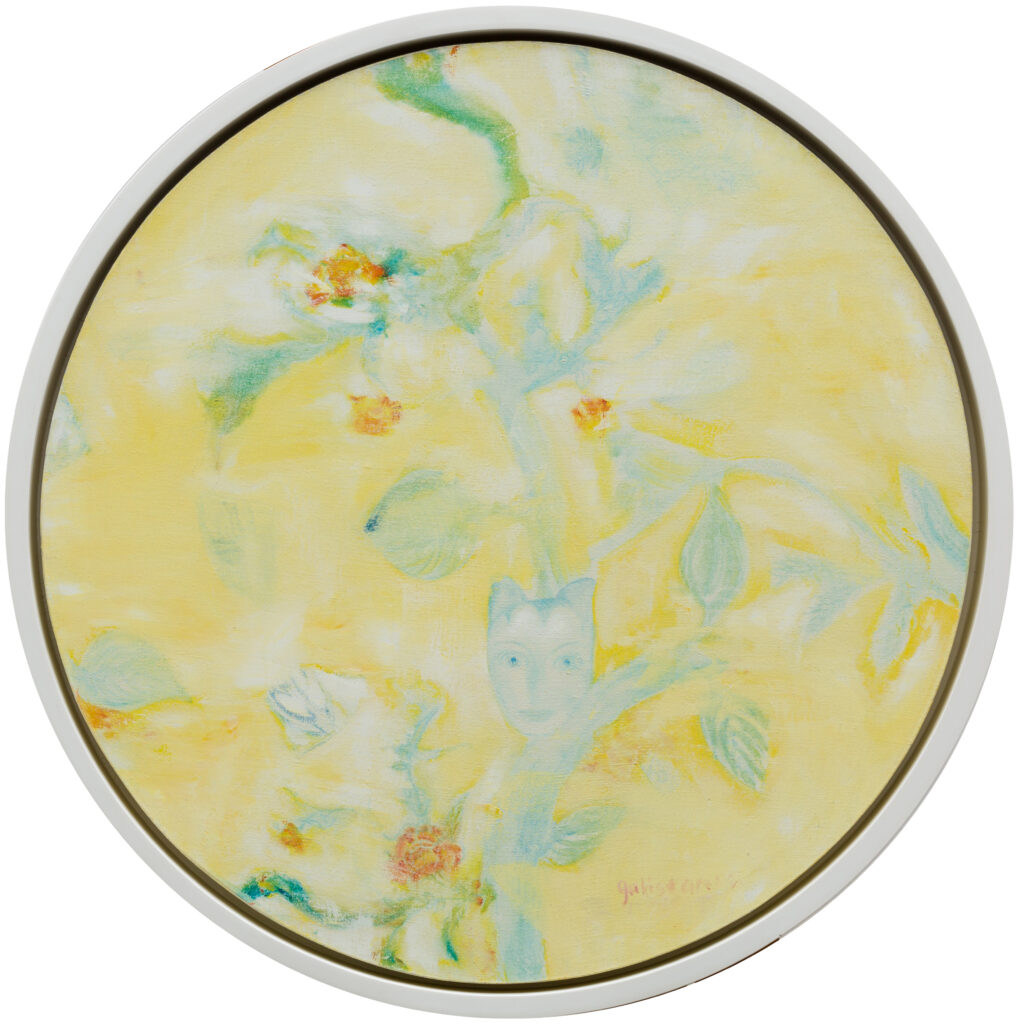


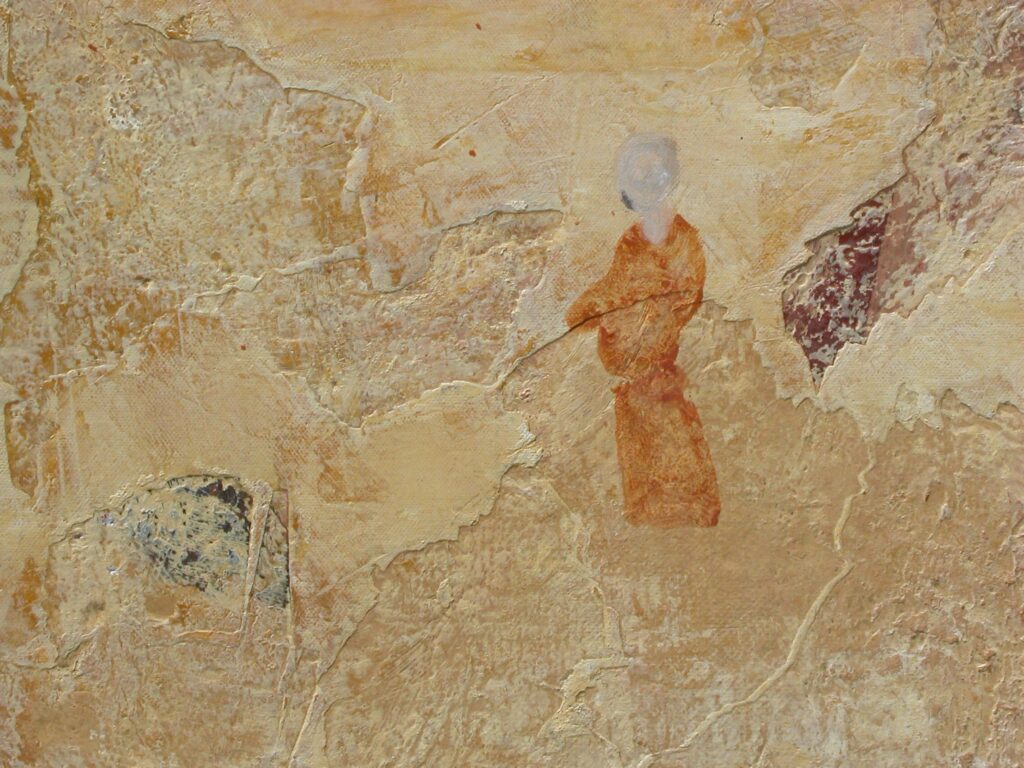

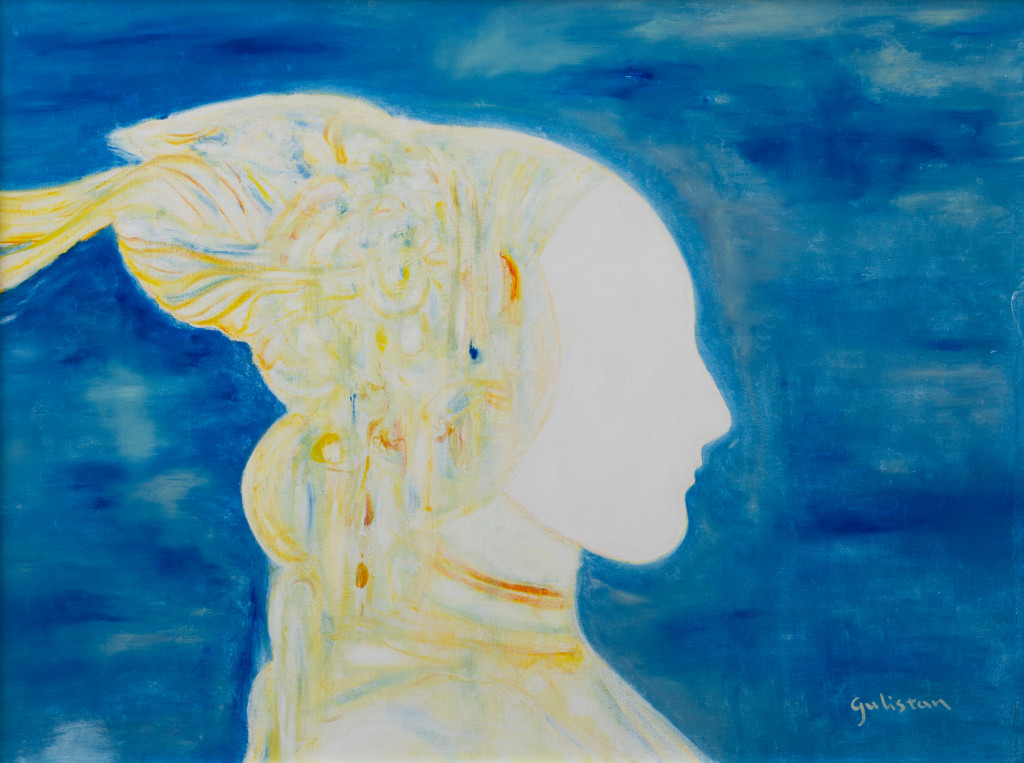

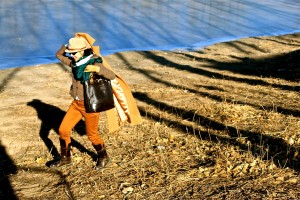

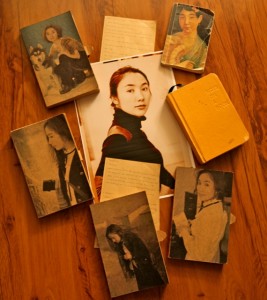
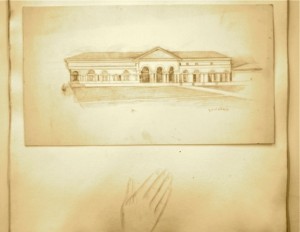
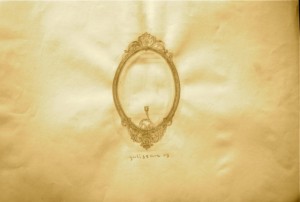
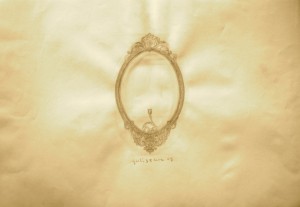
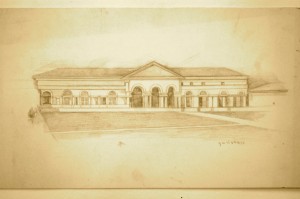
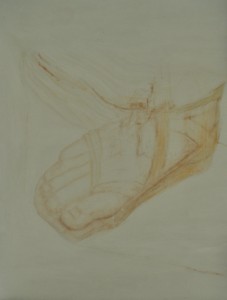


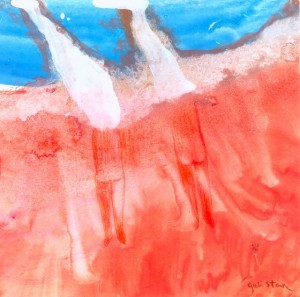


![[Gulistan's signature]](/images/gulistan_signature_small.jpg)
